4.4 billion people have to use unsafe water
A new study published in the journal Science finds that more than half of the world's population - some 4.4 billion people - lack access to safely managed drinking water, a figure that is double the World Health Organization's (WHO) estimate for 2022.
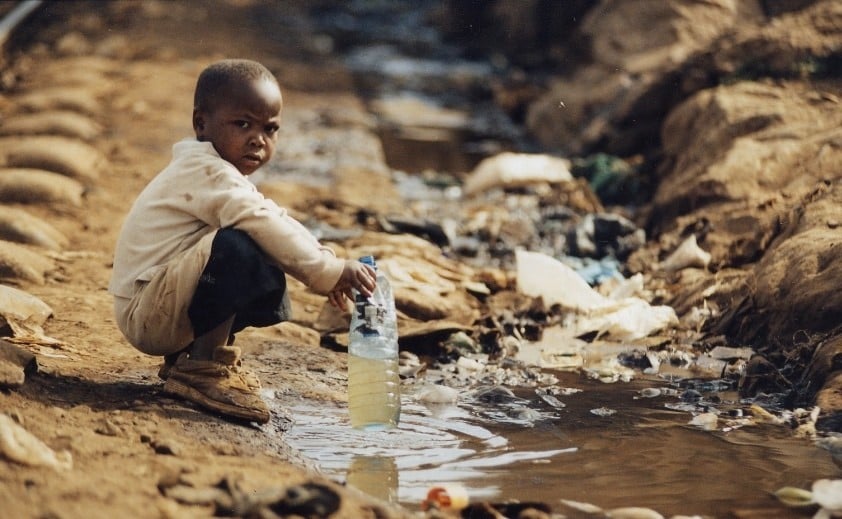
About 4.4 billion people on the planet are drinking water from unsafe or heavily polluted sources. Photo: WHO
However, the report only looks at access to clean water in low- and middle-income countries, meaning the figure is likely to be larger if poor access to clean water in higher-income countries is taken into account.
“The information we have indicates very high levels of contamination,” said lead researcher Esther Greenwood from ETH Zurich university in Switzerland.
These new numbers come from more sophisticated methods of collecting data on water pollution.
Greenwood’s research was designed to fill in the gaps in existing data. The team used satellite data and household survey information, then analyzed them using artificial intelligence to identify areas with safe and unsafe access to water.
Unsafe drinking water poses a risk of serious waterborne diseases such as cholera, dysentery, typhoid, and less serious diseases such as norovirus. To be considered “safely managed,” water must be available when needed, on-site, free of contamination, and designed to be delivered safely to people.
According to the study, in addition to representing more than half of the global population, the 4.4 billion people without safe drinking water also account for two-thirds of those living in low- and middle-income countries.
People's access to safe drinking water depends on the geographic, socio-cultural and economic situation in the locality and country where they live.
People in poor rural areas often have the greatest difficulty accessing clean water. In 2022, WHO estimated that nearly 500 million people worldwide were getting their water from unprotected wells, rivers, ponds and lakes.
South Asia and sub-Saharan Africa are most affected.
The newly published study examined the human and environmental impacts that limit access to safe water across 22 United Nations geographic subregions.
An estimated 1.2 billion people living across India, Afghanistan, Bangladesh, Bhutan, Iran, Maldives, Nepal, Pakistan and Sri Lanka – more than half the region’s population – do not have access to safe, managed drinking water.
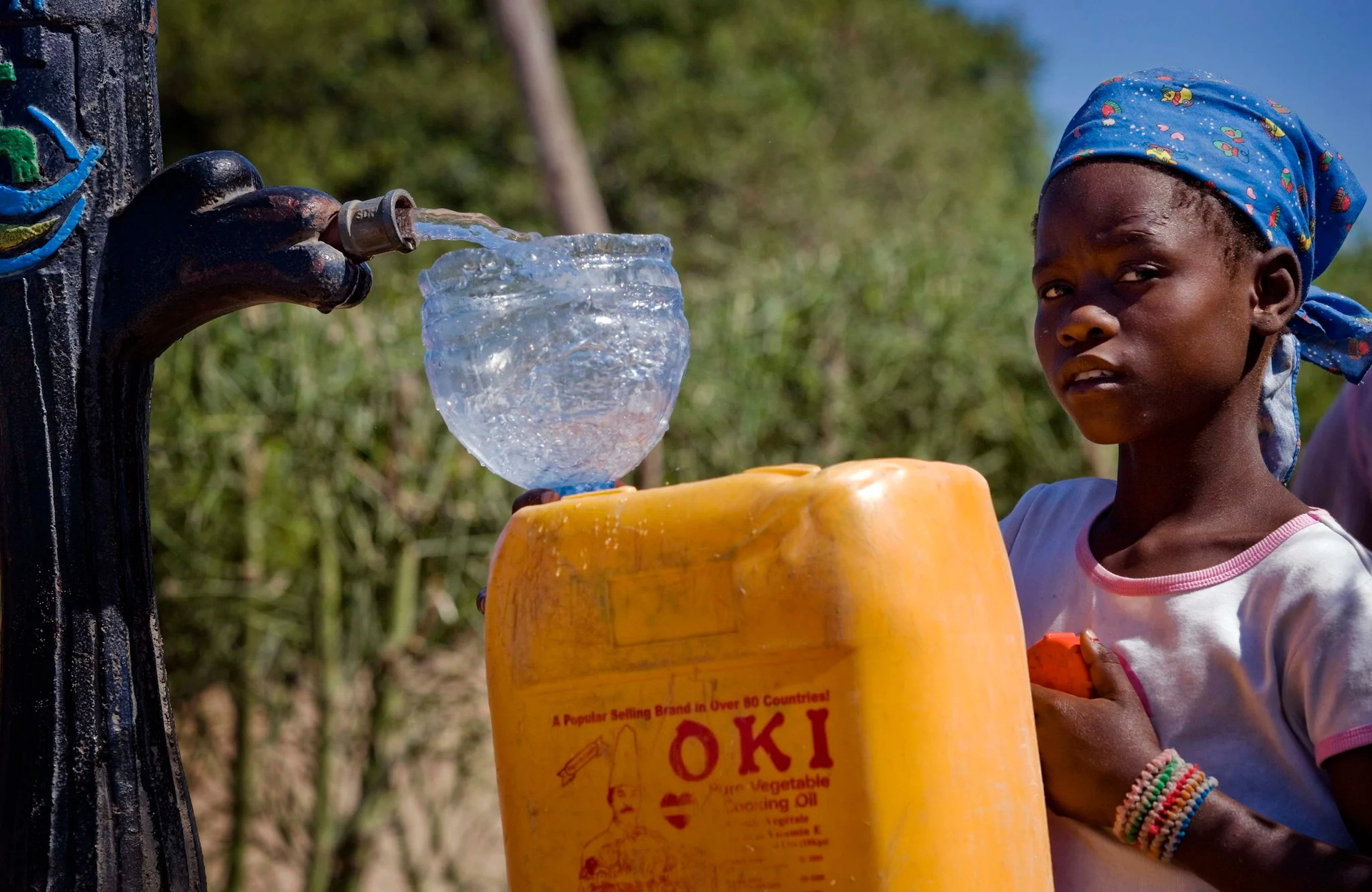
More than 80% of people living in sub-Saharan Africa do not have access to safely managed water. Photo: WHO
But South Asia does better than others on a per capita basis. More than 80% of people living in sub-Saharan Africa – a region of more than 1.1 billion people – lack access to managed clean water.
Similarly, areas across Oceania (excluding Australia and New Zealand) and Southeast Asia, where about 75% of the population is affected.
According to research, about half of this population may be exposed to contaminated drinking water, at least contaminated with E. coli bacteria.
E. coli, used by the team as a key indicator of pollution, is associated with diarrhea-related illnesses and is often the result of exposure to contaminated food and water. While healthy adults typically experience only mild symptoms and recover quickly, children and the elderly are at risk of kidney failure and death.
Water contaminated with E.Coli caused a norovirus outbreak in Italy this summer and made several athletes sick after swimming in the Seine River at this year's Paris Olympics.
Pollutants from groundwater and industry
E. coli bacteria are not the only cause of water pollution. Arsenic and fluoride levels are also used to monitor chemical pollution in water. Both are naturally occurring substances and can be toxic if ingested in large amounts.
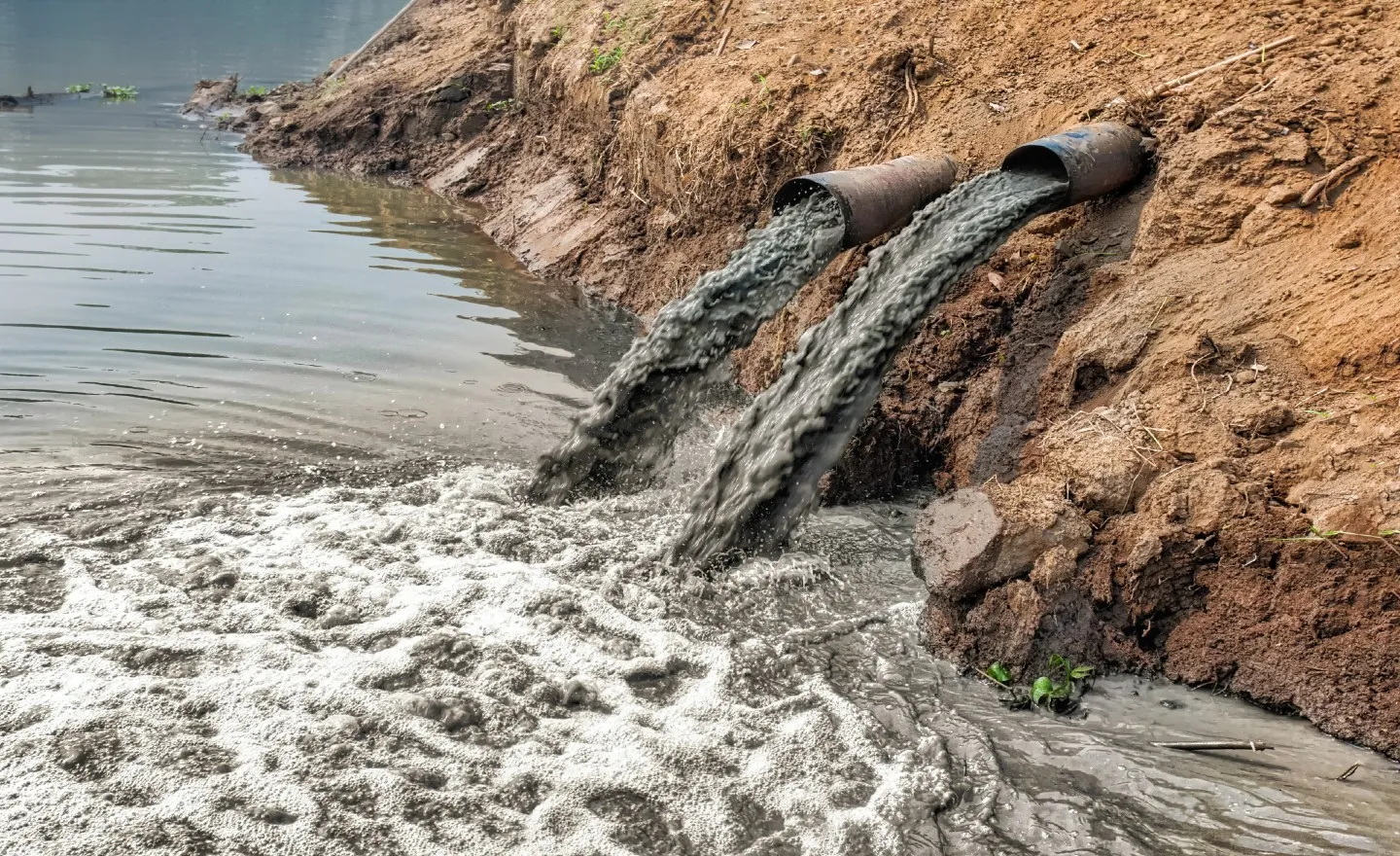
Humans are pouring too much polluted water into rivers, streams, and lakes. Photo: The Hill
A 2023 study estimated that about 100 countries are affected by fluoride contamination (exceeding 1.5 mg/L) in groundwater. Scientists also found that 230 million people – mostly in Asia – are at risk of groundwater contamination from arsenic.
While more than 80% of groundwater contamination with fluoride and arsenic is due to geological processes, industrial chemical use and coal combustion can also contribute to water contamination.
Nguyen Khanh (according to DW)
Source: https://www.congluan.vn/mot-nua-the-gioi-khong-co-nuoc-uong-an-toan-post310080.html




![[Photo] Phuc Tho mulberry season – Sweet fruit from green agriculture](https://vstatic.vietnam.vn/vietnam/resource/IMAGE/2025/4/10/1710a51d63c84a5a92de1b9b4caaf3e5)
![[Photo] Prime Minister Pham Minh Chinh chairs meeting to discuss tax solutions for Vietnam's import and export goods](https://vstatic.vietnam.vn/vietnam/resource/IMAGE/2025/4/10/19b9ed81ca2940b79fb8a0b9ccef539a)

![[Photo] Summary of parade practice in preparation for the April 30th celebration](https://vstatic.vietnam.vn/vietnam/resource/IMAGE/2025/4/11/78cfee0f2cc045b387ff1a4362b5950f)




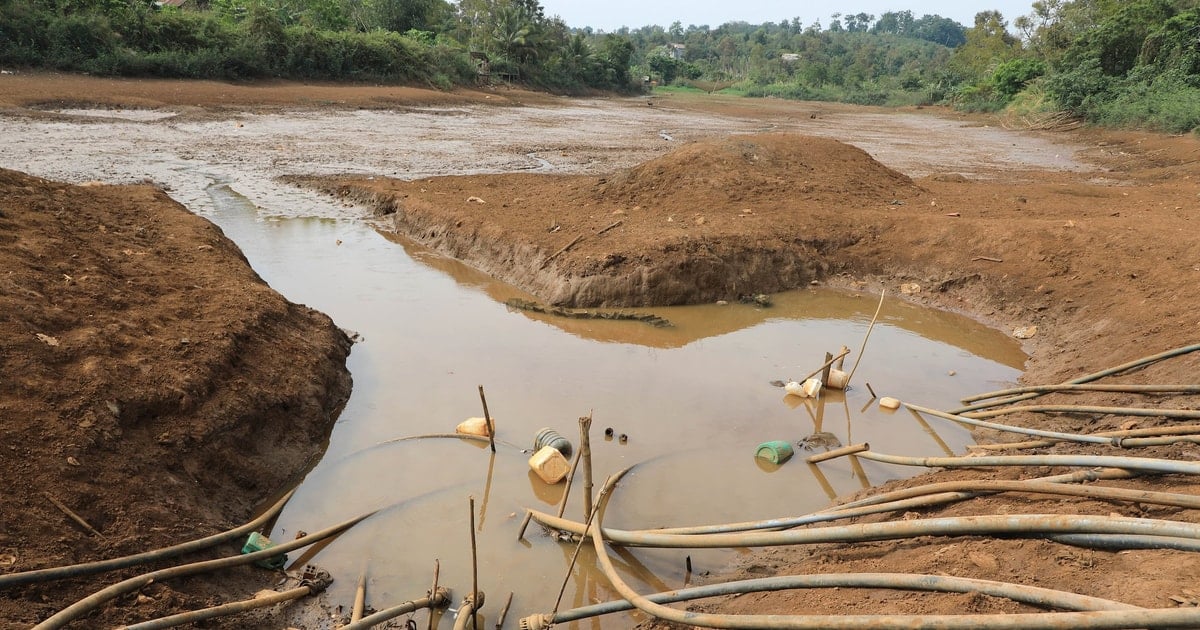

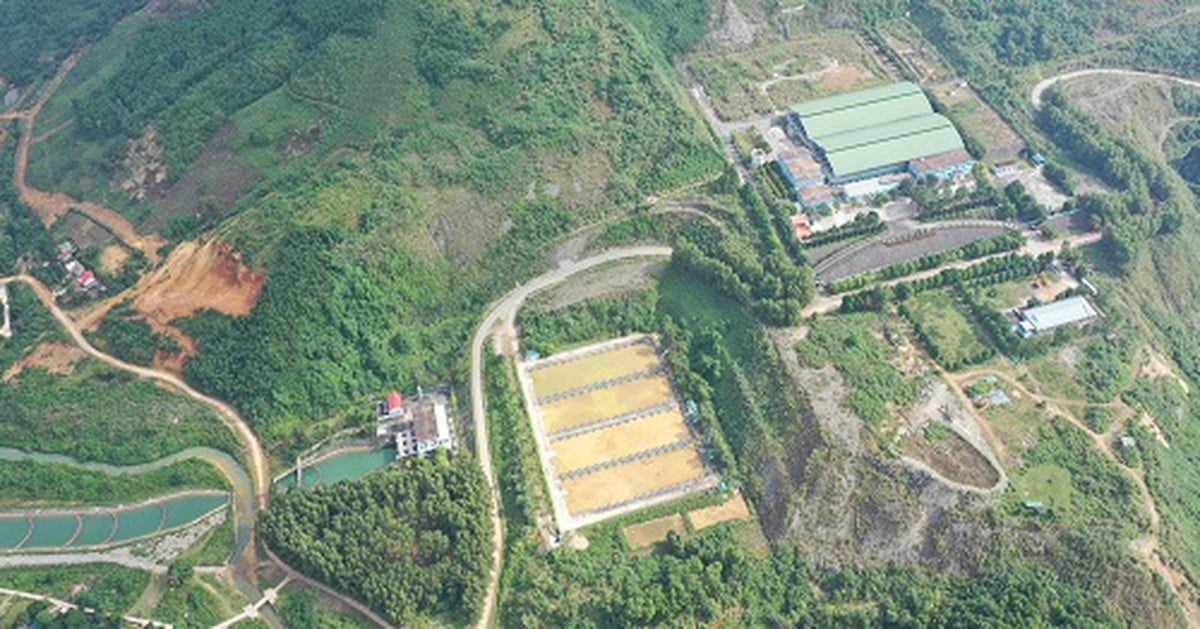



















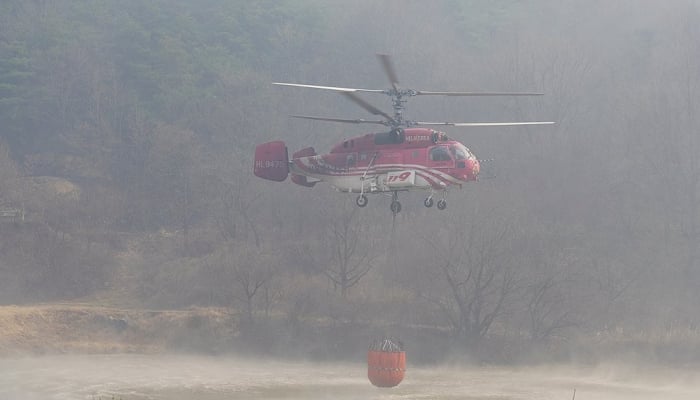































































Comment (0)